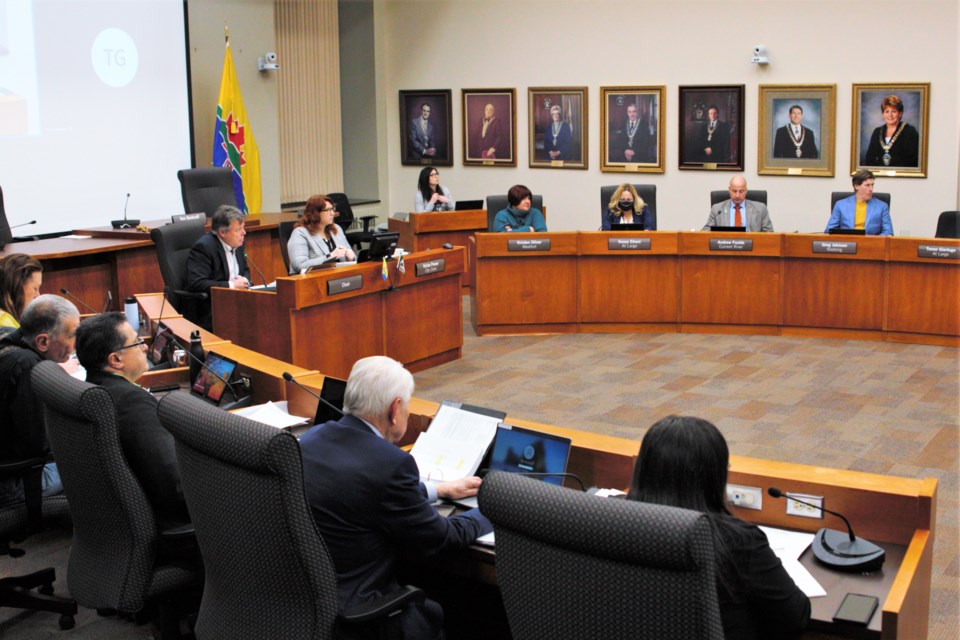THUNDER BAY -- Over the next month, there are many ways that you can voice your opinion on what Thunder Bay city council could look like for the 2026 municipal election. It is important that we, as citizens of Thunder Bay, choose a system that best represents our community.
In November 2023, a review committee was formed to discuss the composition of Thunder Bay city council, the ward system and consider the review of ward boundaries. Committee members were chosen by city council to bring their perspectives and experience to this work.
Currently, there are two options the committee is looking for feedback on. Option one is a hybrid system, similar to what we have in place today. Council would be comprised of eight ward councillors, with four wards being represented by two councillors each, two at-large councillors and a mayor. This option has new ward boundaries that extend from the waterfront to the rural areas of the city. The intention is to ensure ward councillors have greater breadth and understanding of city issues. I should note that Thunder Bay is the only single-tier municipality in Ontario with a population of more than 70,000 that has a hybrid council with both ward and at-large councillors.
Option two is 10 at-large councillors and a mayor. This option was proposed because there was a call from the community to be able to vote for every member at the council table.
The committee has considered both of these options, with a focus on equitable representation, and what is the best make up of city council for the citizens of Thunder Bay.
In my role as city clerk, I’d like to clear up some misconceptions that have been published, mainly regarding the all at-large system.
Under the Municipal Act, which is the law that governs much of the work that municipalities do, there is no way that at-large councillors can be assigned a ward, or to look after a specific neighbourhood, or communicate with specific geographic groups of individuals. That work would be done by a ward councillor, and only a ward councillor who is elected by the people in that defined area as prescribed in the Municipal Elections Act. A municipality cannot create wards and assign councillors associated representation, when those wards do not legally exist.
To make the suggestion, that an at-large councillor could be assigned to a ward and be responsible to work with specific neighbourhoods, is not possible from a legislative perspective.
Collectively, the citizens of Thunder Bay have a big decision to make on how you want to be represented. It’s important that you have the correct information to make the best decision you can.
I would like to acknowledge all members of the committee for volunteering their time to support this work -- chairperson Rebecca Johnson, vice-chairperson Cody Fraser and members Wayne Bahlieda, Riley Burton, Heather McLeod and Carlos Santander-Maturana.
I encourage everyone to voice their opinion in the public survey, available until Oct. 28 or pick up a hard copy at city hall or any Thunder Bay Public Library branch. You can also visit one of the numerous public events taking place over the next few weeks, to speak with a Council Composition Review Committee member. A full list of locations can be found at the link above.
Krista Power is the director of legislative services and city clerk for the City of Thunder Bay
